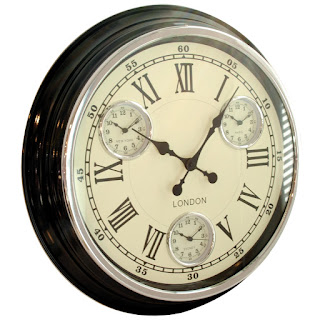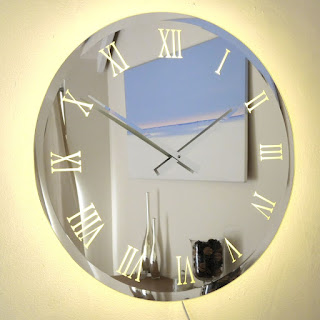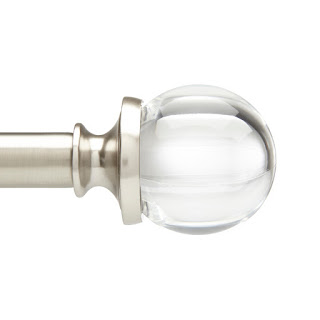The Home Design And Manufacturing Company Umbra
Umbra is a home accessories design and furniture manufacturing company which was founded in 1978 in Toronto, Ontario, by childhood friends Les Mandelbaum and Paul Rowan. It opened its first retail store in Toronto in 2007, and today has satellite offices in Brazil, the US, the Netherlands, and China. It now has stores in thirteen other countries, while many of its products are sold through other retailers. In fact, it sells over 2,000 different lines through 25,000+ retailers in 120 countries.
The company has its own in-house design team of over 30 designers in Canada and abroad headed by Matt Carr. Many other independent designers have also worked for Umbra including Karim Rashid, Harry Allen, and Hlynur Atlason.
In 1996 Rashid designed the Garbo trash can which was named after the actress Greta Garbo and mimics the shape of her body. It is made of polypropylene and available in a range of different colours. In the first two years of production, the Garbo wastebasket sold over 2,000,000 units and still sells today in a smaller version named the Garbino. In 1997 it was awarded the Chicago Athenaeum Museum Good Design Award.
Among many other products there is a range of Umbra wall mirrors including the Hub mirror which was designed by Paul Rowan for his own home. This is a circular 37" diameter wall mirror with a rubber surround in black, and as Rowan said, the idea of using rubber appealed to him because the strong silhouette and protective "bumper" was a very casual and innovative design solution. There is also a smaller 24" version of the Hub, together with an oval mirror as well.
The Dima Umbra wall mirrors are a set of three diamond shaped mirrors which hang from a slim metal chain on a black button knob. You can hang three or more of these mirrors to provide a cascading waterfall effect.
There are also the Prisma Umbra wall mirrors which are a contemporary geometric mirror with a black wire edge. The three-dimensional wire edge also has an interesting effect as the wires cast shadows and alter and overlap to create different shapes as you move your viewing angle.




Comments
Post a Comment